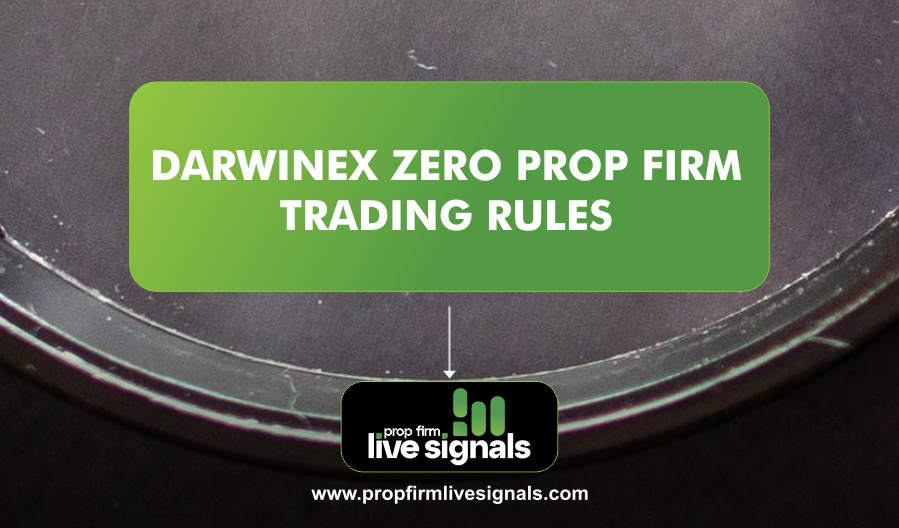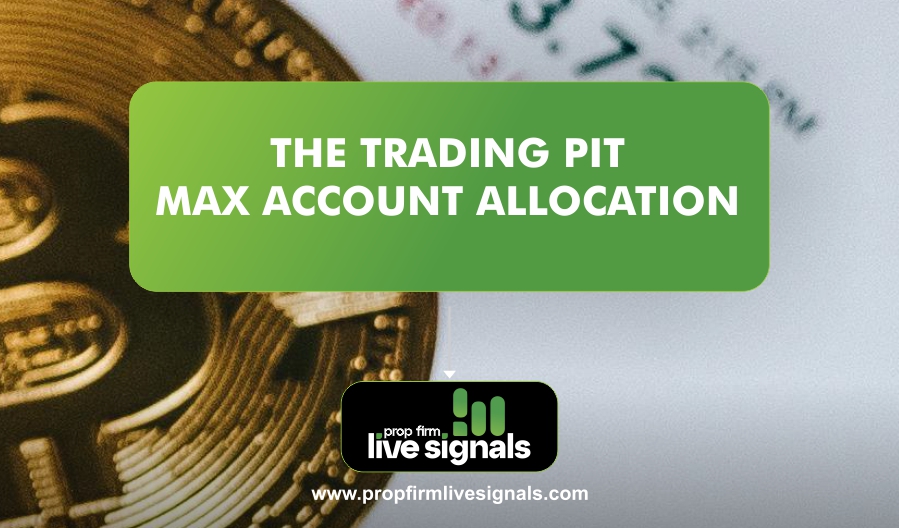The Importance of Diversification in Forex Trading
Risk Mitigation
The first advantage related to diversification involves the mitigation of risks. Diversification helps a trader reduce the effect of unfavorable market fluctuations in the overall portfolio by dispersing investments across assets and strategies. This aspect is particularly important in Forex trading, where currency pairs depend on many aspects.
Consistent Performance
The diversification tends to create a lot more dependable and consistent trading performance, as some of the assets and strategies may be in favorable positions in most scenarios of variable market conditions. Therefore, the returns on a diversified portfolio are much better in several scenarios.
Reduced Psychological Impact
Trading is an emotionally draining practice, especially in periods of turmoil within the market. Diversification reduces emotional turbulence in trading by equalizing it out and making it more rational. A diversified portfolio shows less sensitivity to the emotional highs and lows that come from individual trades.
How to Choose Multiple Forex Signals
Credibility of Signal Providers
Start your research into various signal providers’ reputations. Look out for proven performers with good reviews from other traders. Transparency is key, so choose providers that openly share their performance metrics and trading strategies.
Performance Metrics
Assess the performance of the signals provided by the various providers. In this regard, the metrics will include the accuracy rate and risk-to-reward ratio. A very good signal provider should be able to show a history of profitable trades with a good balance of potential profits against the risks.
Types of Signals Provided
Consider the type of signals-manual or automated. Manual signals would require you to take a final decision on trading, but the automated signal can execute the trades automatically in your account. Apart from these, there are signals for every kind of time frame, thus helping you in diversification according to your trading system.
Diversification Across Currency Pairs
Diversify by selecting signals trading on different currency pairs. This will help you get closer to the goal of minimizing risks through diversification. Keep an eye on the pairs’ correlation: the more correlated pairs in your combination, the more you will be close to leverage your gains or losses; adding some uncorrelated pairs can balance your portfolio.
Economic Event Awareness
Stay informed about upcoming economic news and events that may have an impact on the currency markets. More often than not, a signal accompanied by taking into consideration economic indicators and geopolitical events will turn out to be valid. Always filter your signals with current market conditions for better results.
Testing and Evaluation
Then, you may test those selected signals on a demo account, or through paper trading, before putting your money at risk. This way, you may see its performance without having to spend a single dollar of your money. Keep a trading journal in which you write down the result of some following signals. This will enable you to modify your future decisions accordingly.
Flexibility and Adjustments
Reassess certain forex signals that you may have chosen from time to time. Be prepared to adjust your strategy or to continue in your search for other providers if some of them turn in a performance that is below par or no longer serves your trading objectives. This is where flexibility comes in, and it is important for adapting to changing market conditions.
The Role of Diversification in Risk Management
Risk management is a vital aspect of trading, and diversification plays a key role in mitigating risks. By diversifying their portfolio, traders can reduce their exposure to any one asset or market. This helps protect their investments from significant losses if a particular investment performs poorly.
Furthermore, diversification helps traders avoid the all-too-common pitfall of over-concentration in a particular asset or market. By diversifying, traders spread their risk and reduce the potential negative impact of any single investment on the overall portfolio.
Another benefit of diversification is the potential for enhanced returns. While diversification is primarily a risk management strategy, it can also lead to improved returns over the long term. By spreading investments across different assets and markets, traders position themselves to capture gains from various sources, potentially leading to more stable and consistent portfolio growth.
Frequently Asked Questions (FAQs)
What are forex signals, and how do they work?
Forex signals are either recommendations or alerts on the best buying or selling levels in the foreign exchange market. These may be generated through technical analysis, fundamental analysis, or both. Traders receive these signals via email, SMS, or through trading platforms on the timing of opening or closing trades. These usually contain information regarding the currency pair, the entry price, stop-loss level, and take-profit target. Therefore, it allows the traders to enter on an educated decision without being at the mercy of their feelings.
What is Diversification?
Diversification is a fundamental principle of risk management in investment. It involves spreading your investments across different assets or asset classes to reduce the impact of a poor-performing investment on your overall portfolio. Diversification is based on the idea that different assets may not move in the same direction or at the same pace, and by holding a variety of assets, you can potentially lower your portfolio’s overall risk.




